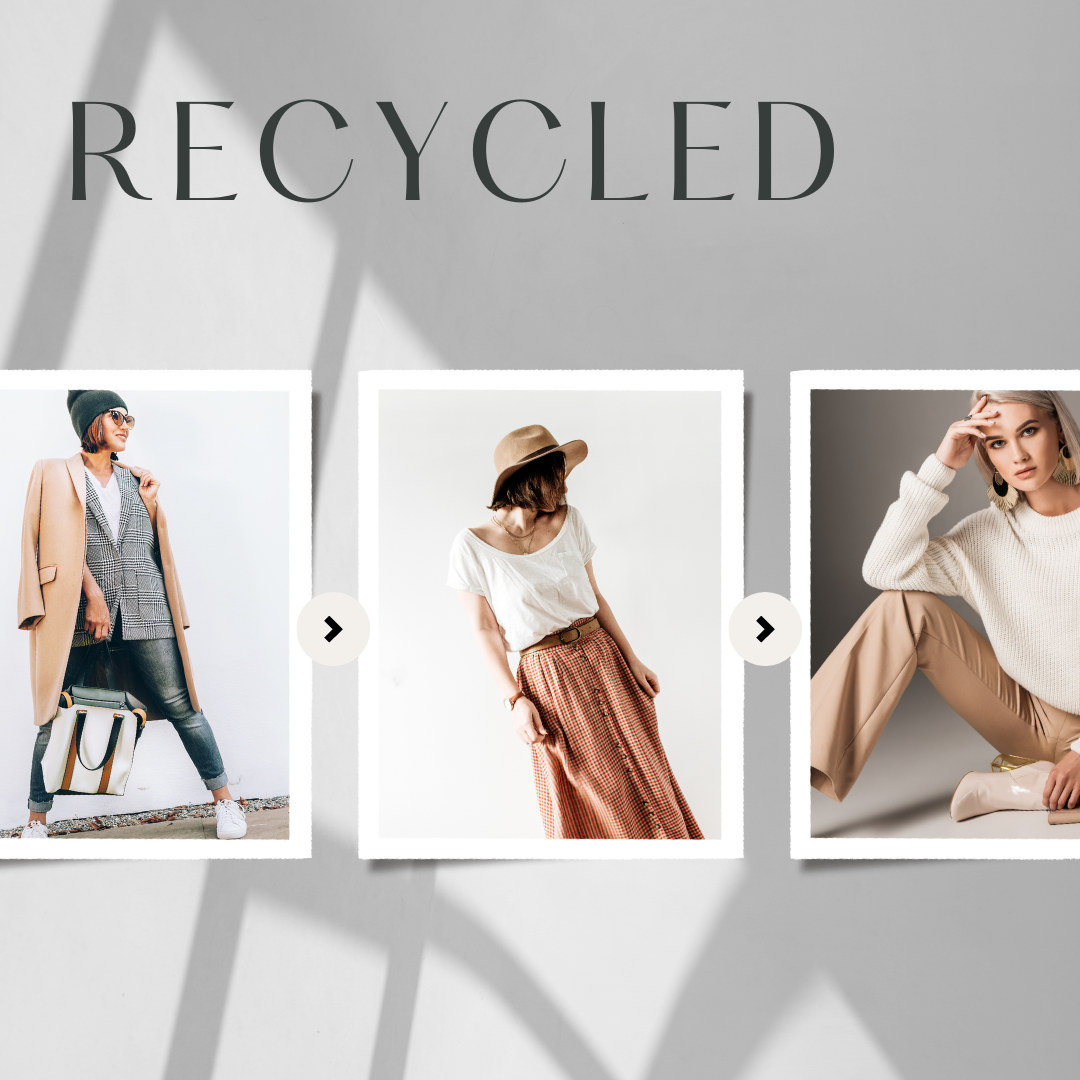
Recycling is not a new idea, but there is a new recycling machine in town. A French company, Cetia, has developed a machine which can automatically separate shoes’ soles from their uppers, identify the fiber content of fabrics automatically, and automatically sort out zippers, buttons, and other notions and remove them from the recycling stream. A special laser-driven cutting machine separates lengths of fabric safely and an AI application can distinguish among pockets, cuffs, and other parts of garments.
These capacities make the new machines champion at recycling clothing.
Currently only 1% of textiles are recycled in Europe, yet the EU wants to see recycling goals in place for clothing within the next decade. New methods of recycling fabric and leather are desperately needed.
What’s difficult about recycling clothing?
Awareness and willingness are certainly concerns. People keep old clothes in their closets, drop them off at a thrift store, or (in the case of thrift stores) ship enormous quantities of unusable old clothes to foreign countries. That’s a far cry from dropping them into the recycling bin.
Even if people are willing to recycle them, they may not have the option. It’s hard to recycle clothing because it’s made of multiple;le materials, including not only the shoe soles but also those buttons and zippers. Even the blends of fibers in a cotton/bamboo/polyester/spandex garment can make it unsuitable for recycling.
Or if it can be recycled, it may end up as a sub-flooring material or some other relatively low value item, even though the raw materials are more valuable than that.
Robots to the rescue
Here’s where the new recycling machine makes all the difference. It can identify the fibers in a garment, remove the hard bits, and take the whole thing apart much faster than a human being can.
Once garments are deconstructed and identified by fiber and the nature of the elements, real recycling becomes possible. Celia’s machine can even sort by color, and it can process one garment every second, making it a practical option even for large retailers.
So why didn’t this happen before?
Cetia explains that there was no call for this type of machine 10 years ago. Now, with the demand in place, Cetia has been able to attract funding and get its machinery up and running.
We can help you keep your current machinery up and running! When you need support or service for Indramat drive and control systems, think of us first. We’re the specialist. Call now for immediate assistance.



